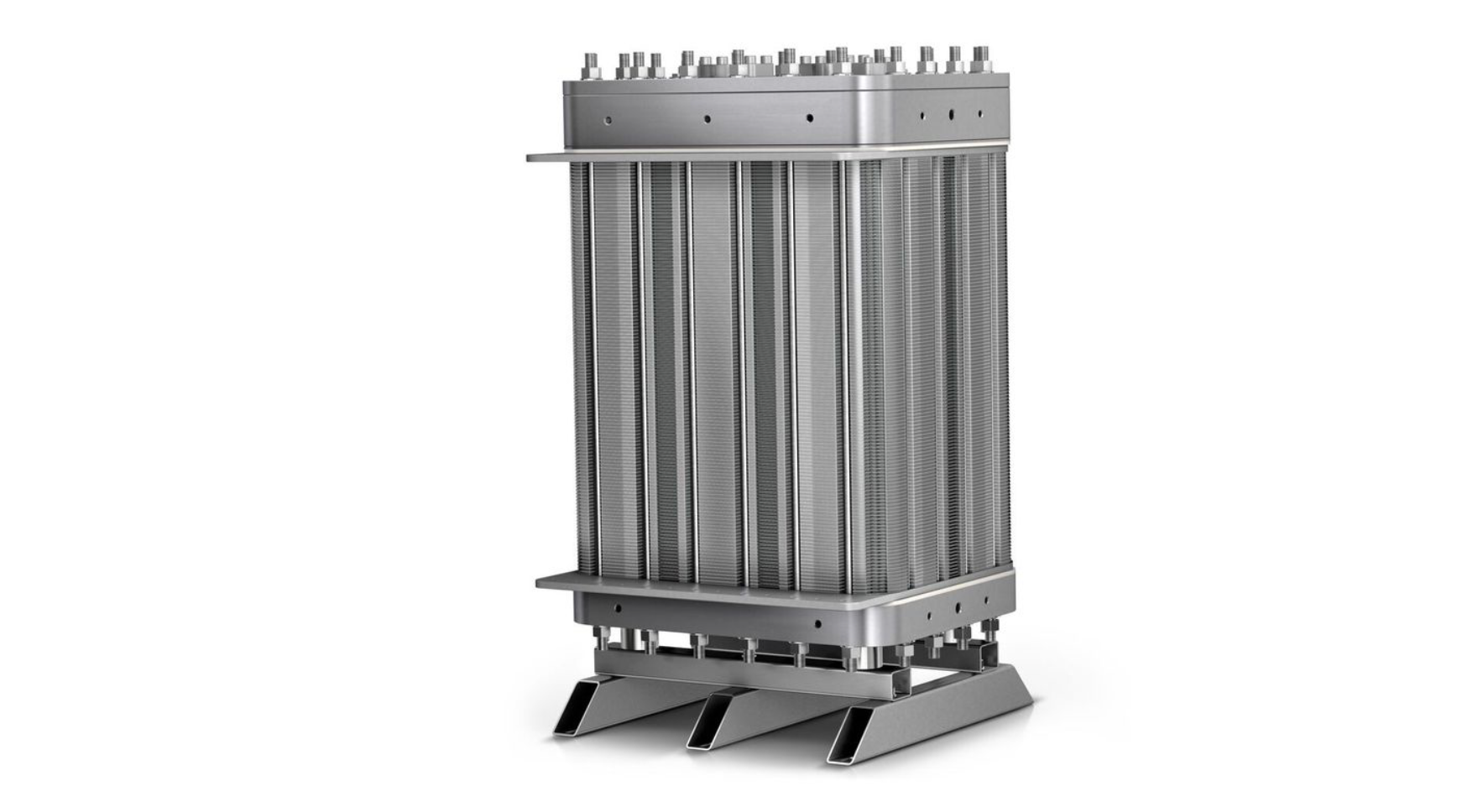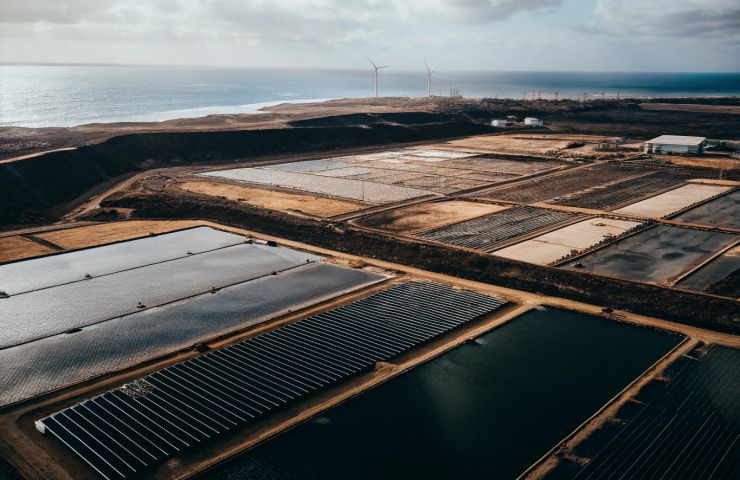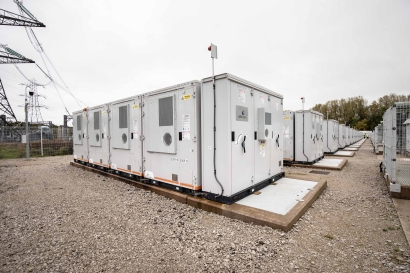‘Grid-forming technology is no longer experimental – it’s here and working’
In grids increasingly dominated by renewables, grid-forming technology is emerging as critical tool for maintaining stability and ensuring reliable power system operation. In this interview with ESS News, Rui Sun, Sungrow’s Deputy General Manager-Grid Technology Center, explains how grid-forming works, why it matters, and where the technology is already proving its value. He elaborates on technical challenges, regulatory gaps, and why grid-forming could soon become the new industry standard.

In grids increasingly dominated by renewables, grid-forming technology is emerging as critical tool for maintaining stability and ensuring reliable power system operation. In this interview with ESS News, Rui Sun, Sungrow’s Deputy General Manager-Grid Technology Center, explains how grid-forming works, why it matters, and where the technology is already proving its value. He elaborates on technical challenges, regulatory gaps, and why grid-forming could soon become the new industry standard.
From ESS News
One of the reasons we started this conversation was the paper Sungrow released on grid-forming technology. Could you walk us through why you published it and what it covers?
Of course. We released the paper to share the insights and technical progress we’ve made in grid-forming technology. As more inverter-based resources connect to power systems globally, we recognized the need to provide a clear overview of what grid-forming actually involves – not just as a control concept but as a multi-layered integration of hardware, software, and system-level engineering. The paper highlights how we replicate the fundamental behaviors of synchronous generators, such as inertia and damping, while maintaining the flexibility of power electronics. It’s also an effort to contribute to industry-wide understanding and collaboration.
How long has grid-forming been in development, and what has the path looked like for Sungrow?
The concept dates back one or two decades. The industry has been working on its implementation, and different manufacturers may take slightly different approaches. At Sungrow, our journey has focused on building a solid technological foundation that merges the physics of traditional generation with the advantages of modern inverter systems. That includes everything from frequency response and short-circuit support to thermal management and multi-layer control architectures. Our aim has always been to bring stability, scalability, and interoperability to complex power systems—on- and off-grid.
To continue reading, please visit our ESS News website.
What's Your Reaction?























































